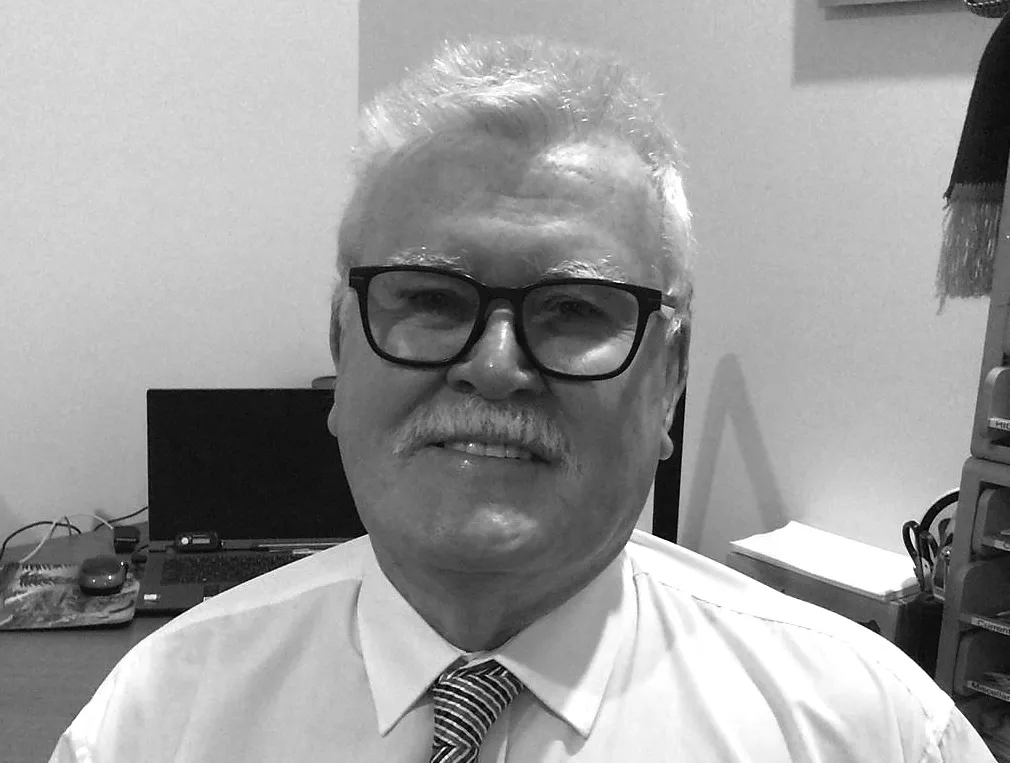TRL is actively supporting ‘new blood’ coming into the traffic engineering world. Transyt 14 software is to be shipped under a Student Licence, the first of its products to do so. This will enable students studying traffic engineering around the world to have a fully functional version of Transyt 14 on a nine-month licence.
March 20, 2012
Read time: 1 min











